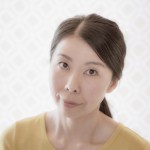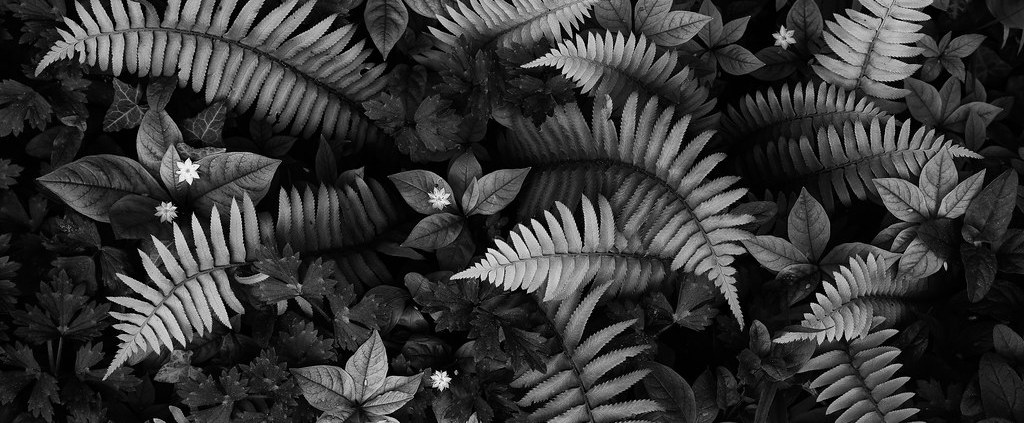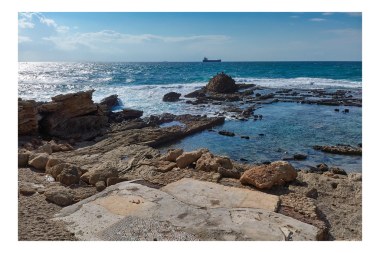
Flickr member Masako Metz describes herself as an enthusiastic photographer who loves the ocean and nature. Interested in photography since she was just a child, Masako, originally from Japan but living in Oregon, USA, since 2006, says her photography journey began more seriously in 2010 when she got her first DSLR. With a focus on nature, landscapes, and—more occasionally, food, Masako has received numerous awards for her photography from renowned competitions, including the International Photography Awards, the Prix de la Photographie, Paris (PX3) or the Tokyo International Foto Awards. Keep on reading to learn more about Masako's work and her love of nature.
error
1. Please introduce yourself. Who are you? What do you do? How long have you been into photography?
Hi, everyone in the Flickr community. My name is Masako Metz. I was born and raised in Japan, and moved to the US in 2006. I currently live in Oregon. My very first encounter with a camera was a pinhole camera and easy developing kit that came with a kids’ magazine in Japan when I was in elementary school. I was shocked how it worked as a child. I don’t have the picture I took, but I still remember that it had black and white film, and I took a picture of a Snowflake plant flowers blooming in front of my grandmother’s house. When I was in college, I started to carry around disposable cameras. Also, I bought my first point-and-shoot digital camera in 2001. At that time, I was still young and had so many other things I wanted to do. So photography was not my number one priority. Then I got my first DSLR in 2010, and my serious photography journey began.
2. In one sentence, please describe what you captured in this shot.
This shot is a patch of mixed wild plants that I found after the long rainy season in Oregon.
3. Why did you select this photo to talk to us about?
I selected this photo because this was one of the photos I struggled so much to shoot. Also, I visualized it in black and white in my head as soon as I saw this spot. I knew how the final image was going to be right away. I go back and check the same spot every year (since I shot it in 2017), but they never grew back like this again (yet!).
4. What style of photography would you describe this as and do you typically take photographs in this style?
I’ll say black and white nature photography. I do take this type of photography often. The nature can be very beautiful even though it’s colorless.
5. When and where was this photo taken?
It was taken around sunset near our house on the Oregon coast on May 24th in 2017.
6. Was anyone with you when you took this photo?
I was alone. At that time, my daughter was four years old and loved picking and collecting wildflowers and plants. So this spot was a total secret I kept for myself, away from everyone.
7. What equipment did you use?
I used a Canon 5D Mark III, EF 24-70mm f/4L IS USM, a remote shutter release, and a tripod to shoot. When it came to editing the photo, I used Lightroom and Photoshop to process.
8. What drew you to take this photo?
Many wild plants grew and grew everywhere from April to May after the long rainy season in Oregon. When I found the small, perfect patch, I felt like I found my own secret garden. It was around sunset. And the lighter green leaves looked like they were popping out from the darker green leaves. So I decided to shoot some photos with the available natural light in the woods.
9. How many attempts did it take to get this shot? How long did it take you to get one that you were satisfied with?
You know how quickly the sun goes down, and it becomes dark when you shoot at sunset. In addition to the limited time, it was really windy. I live on the coast, so we get so many windy days. When I found this spot, it was windy for almost an entire week. But I didn’t want to use really high ISO numbers. So I was out there every day around sunset. I waited until the wind calmed down, then I shot a photo before the next wind came through. I repeated the process over and over for several days until I was satisfied and also before the flowers were gone.
10. Did you edit this photo?
Yes, I did. The green color in the photo was so beautiful, but I had already decided to make a black and white photo from the beginning. So I changed it to black and white. I did some basic editing on Lightroom, then I used Dodge and Burn in Photoshop and finished the editing. I always shoot in Raw and develop them on the computer. When I do that, I always think about the scene I saw with my inner vision. Then I put some herbs and spices into my photos like I would when making delicious food.
11. What encouraged you to share this photo on Flickr? Did you share it anywhere else?
The reason why I started my Flickr account in 2008 was to share my photos with my family and friends in both Japan and America. So this was one of the photos to share with them. And, of course, I wanted to share it with other Flickr members as well. I always enjoy seeing other members’ photos from all over the world. Also, I submitted this photo to the Tokyo International Foto Awards (TIFA) 2017, and it was awarded Silver Winner in Nature-Flowers Category.
12. Did you learn anything in the process of taking, editing, or sharing this photo?
Yes. Every time I take and process my photos, I learn something from them. And I have some milestone photos that I strongly feel have allowed me to take steps forward and evolve as a photographer.
13. Do you remember what you had for breakfast the day you took this photo?
It was in 2017, so I don’t remember what I ate that day. But I’m sure I ate something healthy—a lot of green vegetables and a decent amount of protein and carbs for [all] three meals. I always think about the nutrition and flavor of food and cook nearly everything from scratch.
14. What would you like people to take away from this photo?
The beauty of nature in black and white. I hope people will enjoy the tones, textures, shapes, and lines in this photo.
15. Is there any feedback that you’d like to get on this shot?
Any feedback is welcome. Photography can be highly subjective. So it’s very interesting to hear other peoples’ thoughts.
16. How can people reading this support your work?
You can follow me on Flickr or Instagram. My prints are available on this site.



